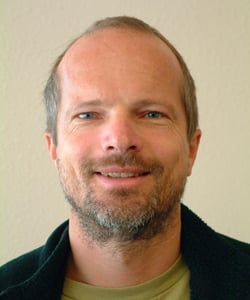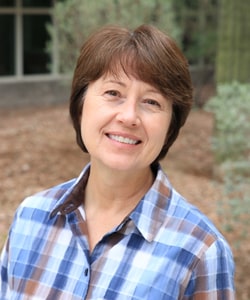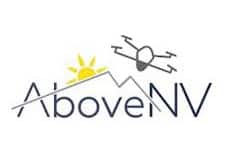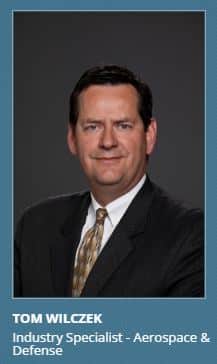Real Life Applications
AGRICULTURAL
The ability of the UAS to fly over land that is not easily accessible allows for detailed real-time agricultural and environmental inspections. The UAS assists in surface topography mapping, visually assess crop health, determining water use and irrigaton efficiencies, soil erosion and ecosystem functions covering the health and productivity of millions of acres.
CLOUD SEEDING
The first of its kind, UASs reduce the risks and costs in the cloud seeding industry. The UAS as a tool in this capacity will improve cloud seeding operations thereby potentially increasing water supplies and weather forecasting. It measures high frequency volicity, temperature, and humidity along with aerosol particle concentration.
CLIMATE CHANGE
Using satellite remote sensing and high definition imaging, UASs can provide visual arial landscapes from extreme environments to hard-to-reach terrain. Through unmanned surveillance, they allow greater and safer accessibility.
DROUGHT PREVENTION
The UAS plays a vital role in research related to drought preventions and mitigation. From iodine induced applications for weather modification to visual monitoring, digital mapping, soil stability and thermal stress modeling leading to drought prediction.
TECHNOLOGY
From designing cutting-edge weather intelligence to partnering with industry leaders to create first of its kind technologies, the impacts have enormous potential.
WILDLAND FIRES
From situational awareness in pre/post-burn analysis (vegetation, wildlife, hydrology) to real-time emissions and thermal monitoring and precision perimeter mapping, UASs can provide visual and tactical tool for wildland fire prediction and mitigation.
Airborne Platforms
Manned Aircraft
- Cloud Seeding
- Air Quality monitoring and profiling with LiDAR
- Hyperspectral imaging for ecosystem monitoring
Unmanned Balloons
- Air quality, chemistry and water content monitoring
Class I UAS (fixed wing and rotor)
- Ecosystem and agricultural monitoring
- Aerosol and cloud physics
- Radiative and water flux measurement above and below clouds
- Pollution monitoring
- Situational awareness
- Cloud Seeding
Sensor Development for Manned and Unmanned Aircraft
Large T-Probe:
Designed and fabricated by John Hallett and Rick Purcess (DRI)
- simultaneously measures cloud liquid, ice and total water
- currently mounted on manned NSF aircraft
- fabricating smaller prove for UAS platform
Photoacoustic Instrument:Designed by Pat Arnott (DRI/UNR)
- measures aerosol light absorption and scattering, which is impacted by air pollution
- 4 patents and commercialization of 3 versions partnering with Droplet Mearuement Technology
Air Pollution Detection Sensor Packages
Designed by Judy Chow and John Watson









